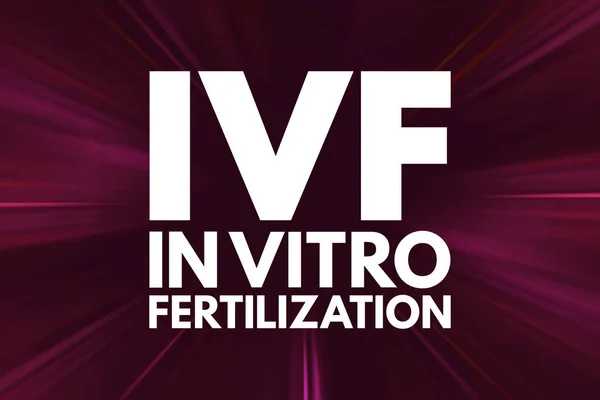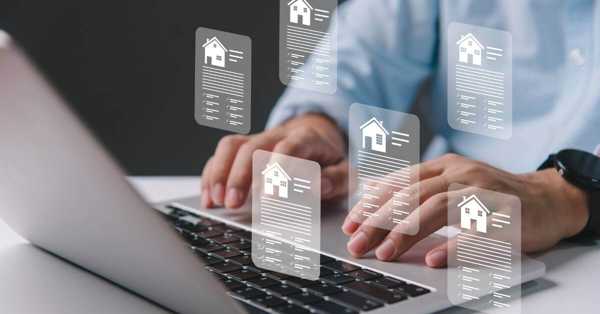Why Choose Prefabricated Homes in 2024? Unlock Cost-Efficient and Sustainable Living Solutions
The year 2024 marks a significant surge in the popularity of prefabricated houses across the United States. These innovative, single-story residences are noteworthy for their cost-effectiveness and swift construction timelines, effectively catering to the ever-increasing need for sustainable and customizable housing options. They have emerged as a pragmatic choice for individuals in search of quick-assembly, environmentally conscious, and economically viable living spaces that don't compromise on quality or modern amenities.
The year 2024 marks a significant surge in the popularity of prefabricated houses across the United States. These innovative, single-story residences are noteworthy for their cost-effectiveness and swift construction timelines, effectively catering to the ever-increasing need for sustainable and customizable housing options. They have emerged as a pragmatic choice for individuals in search of quick-assembly, environmentally conscious, and economically viable living spaces that don't compromise on quality or modern amenities.

Understanding Prefabricated Houses
Prefabricated houses, commonly referred to as prefab homes, are ingeniously constructed utilizing sections that are pre-manufactured off-site, typically in standardized segments, before being transported and assembled at the final location. While this method of building homes is not a novel concept, its recent surge in popularity is significant, reflecting the growing priority placed on sustainability, cost efficiency, and rapid completion times within the housing industry. Prefab homes are designed with an emphasis on minimizing material waste, expediting construction duration, and offering homeowners enhanced control over their living environments. As the demand for housing solutions that align with contemporary living standards intensifies, the allure of prefabricated single-story homes has gained momentum, especially in densely populated urban and suburban locales where space is scarce.
Advantages of Prefabricated Single-Story Homes
• Cost Efficiency and Speed
The cost efficiency and rapid construction associated with prefabricated houses are among their most enticing qualities. Conventional methods of home building can be both time-consuming and costly, frequently hampered by delays arising from weather conditions, material shortages, and labor challenges. In stark contrast, prefabricated homes are constructed within a regulated factory environment, drastically cutting down the time needed for completion as well as associated expenses. By mitigating costs related to excessive labor and material waste, manufacturers can offer these homes at a more attractive price point, broadening their appeal to diverse groups of would-be homeowners.
• Sustainability and Environmental Impact
In an era where ecological concerns are paramount for many consumers, prefabricated houses offer a more sustainable alternative to traditional home builds. The controlled construction process in factories permits superior resource management and minimizes waste generation. Furthermore, these homes can be outfitted with energy-efficient features, such as high-quality insulation and solar panel installations, which not only diminish the environmental impact but also contribute to lower energy costs for homeowners, enhancing their appeal among environmentally conscious buyers.
• Customization and Flexibility
Dispelling the myth that prefab homes are bland and offer limited design choices, today’s prefabricated houses are available with remarkable customizability. Manufacturers present an extensive array of design templates and customizable options, enabling homeowners to adjust their living spaces according to their specific preferences and lifestyle needs. From expansive open floor plans to a variety of aesthetic finishes, the flexibility provided by prefab homes is highly attractive to those yearning for a unique and economically smart housing option.
Addressing Common Concerns
• Quality and Durability
There exists a common but outdated belief that prefabricated homes are of inferior quality compared to their traditionally constructed counterparts. However, advancements in technology and production processes have greatly enhanced the quality and toughness of prefab homes. The precision achieved in factory settings ensures that each component is constructed to meticulous standards, often resulting in homes that are sturdier and more durable than traditionally built structures.
• Financing and Resale Value
Prospective homeowners frequently ponder the financing availability and resale prospects of prefabricated houses. Thankfully, as the prefab home market expands, so too does the recognition and acceptance among lenders and property appraisers. Many financial institutions now offer mortgage products specifically tailored for prefabricated homes, and their resale value continues to rise as these homes become more mainstream and widely accepted, cementing their place in the real estate market.
Conclusion
The increasing prevalence of prefabricated single-story homes in 2024 signifies a major transformation in the housing sector, providing a practical resolution to the challenges of cost, sustainability, and personalization. As more individuals become aware of the advantages offered by these modern homes, their popularity is likely to persist in climbing. By addressing prevalent concerns and highlighting the many merits of prefab homes, this burgeoning trend could revolutionize the housing landscape in the U.S. For potential homebuyers, considering the option of purchasing a prefabricated house could prove to be a beneficial choice, resulting in an eco-friendly, economically sustainable, and distinctively personalized residence. As time progresses, the innovative evolution of prefab housing is poised to play a pivotal role in shaping the future of our living environments.








